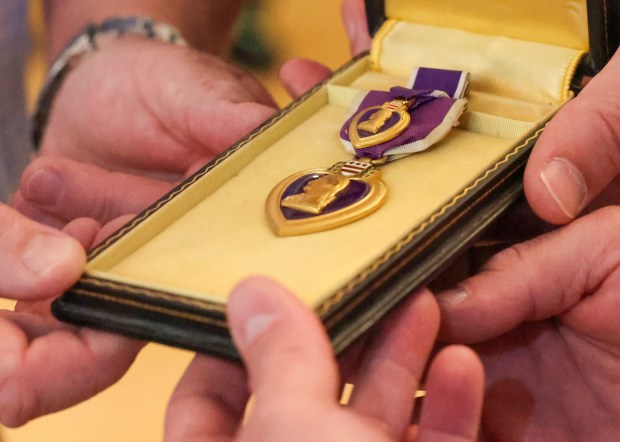The Aurora City Council passed a resolution Tuesday to pay about $1 million to enter into an agreement with the U.S. Census Bureau for a special census in 2025.
The unanimous vote will allow the city to enter into a memorandum of agreement with the Census Bureau to try to get a count city officials believe is closer to reality than the 180,000 population figure from the 2020 decennial census.
Officials have said getting closer to what they consider the real count, as much as 197,000 and possibly 200,000, would stem the tide of lost tax revenue the city has experienced since 2020, as much as almost $11 million as of the end of June.
Chris Minick, the city’s chief financial officer, has said the new count would only need to find only a little more than 1,000 more residents to pay for the special census. It’s worth it, he said, because the city has already lost $10.9 million, and by the earliest a special census could be done, that figure will be up to more than $17 million.
The lost revenue comes because the city gets things like income tax distribution, local use taxes, motor fuel tax funds, transportation license renewal money and marijuana dispensary money, based on population.
The city loses about $4.3 million a year due to the undercount, which would mean $43 million for the full 10 years between 2020 and 2030, officials said.
The special census would take place in all or part of eight of the city’s 10 wards. It would encompass parts of 35 census tracts in the city, seven of them entire tracts.
The count would focus on areas on the East Side where officials believe the Census Bureau missed people, or missed new construction.
The results of the 2020 decennial census showed Aurora with a population of about 180,000 people, down from 197,000 in 2010. From the moment the numbers were announced, Aurora officials said there was no way the city lost 17,000 residents, or about one ward’s worth of people.
Officials have said the fact the census was conducted in the midst of the pandemic shutdown, the fact a new federal administration was coming in, and that it turned out the Census Bureau was using untested new technology all contributed to the low count.
The decennial census was a combination of local effort and work by the federal government. A concerted local effort to get people to reply online garnered a higher initial count than in 2010. It was after that, when the Census Bureau took over the actual door-to-door count of people who did not respond, that things went sideways, city officials said.
Local officials are gearing up again for a concerted local effort during the upcoming special census.
slord@tribpub.com



